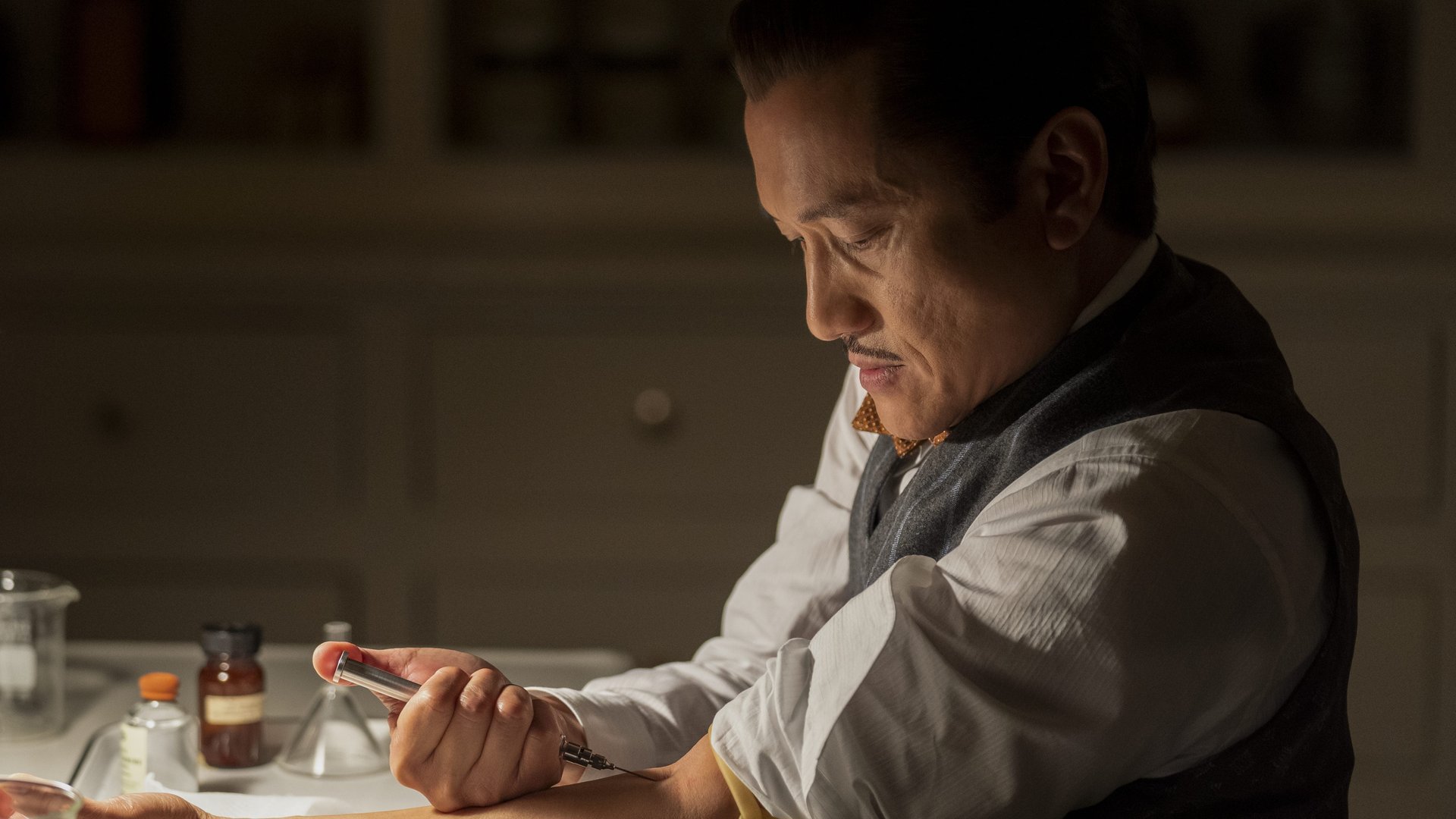Netflix is still struggling to wean itself off other companies’ hit shows
Every week, the majority of the most popular streaming TV shows are found on Netflix. But Netflix hardly makes any of them.


Every week, the majority of the most popular streaming TV shows are found on Netflix. But Netflix hardly makes any of them.
Just 3% of Netflix’s most-watched content over the last six weeks was actually produced by Netflix, according to an analysis of Nielsen data by The Entertainment Strategy Guy, a website that tracks entertainment trends. The tiny number emphasizes how much Netflix relies on licensed content to drive its growth. It also underscores the challenge the streaming service still faces in replacing that popular third-party content—some of which is now leaving the service—with equally popular shows of its own making.
Nielsen has released a weekly list of the 10 most popular streaming shows by minutes viewed since August, and Netflix routinely dominates those lists: For the week of Sept. 14, for instance, nine of the top 10 shows are in Netflix’s library. But the company owns the streaming rights to only one of those nine shows in perpetuity (Ratched, the latest series from mega-producer Ryan Murphy, who signed a $300 million deal with Netflix in 2018).
Of the 52.6 billion minutes of streaming TV compiled by Nielsen over the last six weeks, Netflix owns the copyright to just 1.6 billion of those minutes. Meanwhile, NBCUniversal owns 14.4 billion minutes (27.5%). One of the shows responsible for that huge number, Parks and Recreation, left Netflix this month for NBCUniversal’s own service, Peacock. Another immensely popular show on Netflix, The Office, will be making the same leap to Peacock next year. Friends left Netflix for HBO Max in January.
Netflix has been preparing for these licensed titles to leave for awhile. It’s purchased the rights to other popular series like Seinfeld while investing heavily in its own content—much of which it will own forever. (Though even some Netflix “original” shows like The Umbrella Academy are produced by outside companies, and thus Netflix doesn’t necessarily own their copyrights.) The problem is that so far, despite all its efforts to rely less on other companies’ hits, Netflix hasn’t totally figured out how.
In fact, Netflix is in the midst of a canceling spree as the coronavirus pandemic makes TV production more expensive due to all of the additional health and safety protocols. Many Netflix shows are well-liked and have passionate, niche audiences, but they don’t bring in subscribers or keep them engaged for a long period of time. The shows really doing that important work are ones like The Office, which Netflix only gets to borrow temporarily from other companies.
That doesn’t mean Netflix has no original hits. Stranger Things, The Crown, Orange is the New Black, and The Witcher (among others) likely qualify as big hits that any network or streaming service would love to have. Even something like Tiger King can capture the zeitgeist. But that popularity is usually fleeting. No one signs up to watch Netflix for Tiger King. For a company that believes—rightly so—it still has a lot of untapped potential around the world, it needs more of its own shows to be the kind of content consumers not only specifically subscribe to watch, but also watch religiously.
One benefit of Netflix’s reliance on licensed content is that at a time when TV and film production is in flux, it’s good to have a big list of shows already in the bank. Not every streaming service can say the same: Apple’s new service, Apple TV+, has no catalog of licensed titles to fall back on. Should the pandemic continue to impact filming, Apple TV+ would struggle to retain subscribers.
Netflix’s huge investment in content means it will probably chip away at the popularity gap between its licensed shows and its original ones. But the clock for The Office‘s existence on the service is ticking—and when that is up, another timer starts.